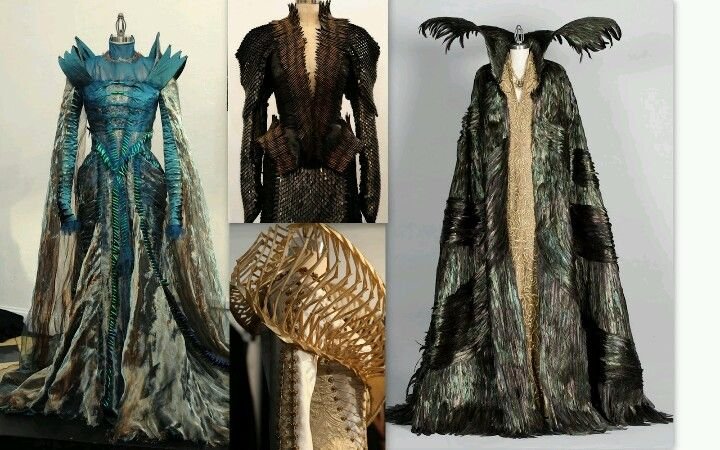In the theatre, a costume is a wearable item of clothing created, fitted, and/or worn for a certain play, musical, or performance. An actor dons a certain look known as a costume to represent a character in a play or other performance.
In a theatrical production, what does a costume designer do?
The physiques of the performers portraying characters must be emphasized by the costume designer. They must emphasize the specific era, hour of the day, season, and reason a character is experiencing it. They also give away the production’s general tone, genre, and style.
They normally carry out this function by collecting, compiling, designing, stitching, and buying materials, accessories, and textiles to create a variety of costumes that match the production’s overall style.
They frequently keep the actor in mind when they create the ensemble of clothes for specific scenes and events.
Additionally, Halloween costumes are outfits worn on October 31, the day of the annual Halloween celebration. Halloween costumes are first mentioned in Scotland in 1585, though they might have existed earlier. In the Celtic nations of Scotland, Ireland, Mann, and Wales during the 18th and 19th centuries, there are several references to the practice.
Comparatively speaking to wearing regular clothes, costumes aren’t as straightforward. Some costumes need to be customized and suited to the individual wearing them. On one person, a tailored item of clothing might look amazing, but awful on another.
Usually in a small amateur or community theatre production the costume designers are also the costume, makers and sewers and they also source the materials needed.
With larger or professional productions the costume design the costumes and delegate particular jobs to the creative they have hired, often as subcontractors.
Because wearing a costume is rather a personal experience, some shows allow an actor to contribute personally to the design of their outfit. Actors decide whether a costume should be worn in or how tight it should be to fit their character.
What a Costume Designer Does
Research focuses more on the duties of the position than it does on style. The costume designer gathers the cast members speaking and non-speaking by reading the script. The fundamental outline of each character’s appearance is then sketched or drawn. After receiving the director’s approval, they can use the final sketch as their guidance. The use of cloth, texture, and distinctive items like jewellery, shoes, hats, and masks are all described in depth.
The entire design of any costume depends on the costume designer’s ability to sew and use patterns appropriately. They must adhere to a predetermined budget and discuss their ideas with a dressmaker.
Depending on the size of the show, they are then in charge of the costumes’ coordination and care after they are constructed. A set wardrobe assistant would then be in charge of the outfits in larger shows.
Hire Procedures for Costume Designers
A theatre company frequently hires costume designers on a per-hour and contract basis. They occasionally must operate under a predetermined budget, which may include their price.
The lighting, artistic director, director, producers, and, of course, actors and performers are just a few of the designers that designers collaborate with. To fulfil the demands of the arts, they must all be on the same page.
Conclusion
As a result, the character’s outfit immediately reveals something to the audience, giving them a hint as to what the show will be about and who the character is in relation to the action of the performance.
